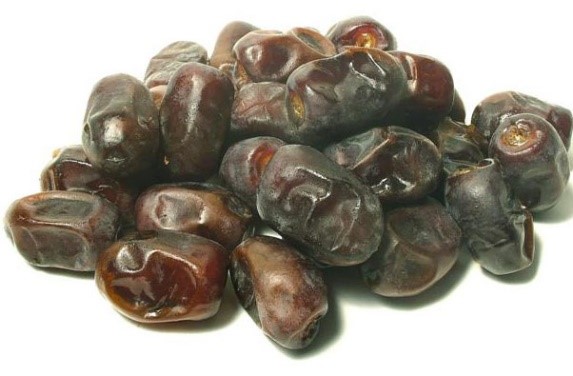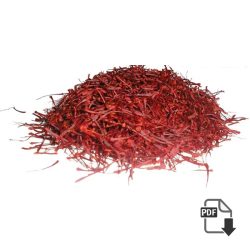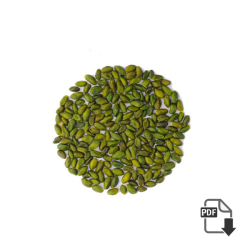Walnut Harvesting
Water, nutrients, insects, and many other factors affect nut production. Typically, black walnut trees bear nuts no earlier than their twelfth year. Annual nut production increases as the crown widens and reaches its maximum at about 30 years. Annual nut production of each tree will fluctuate, but total production for a plantation is fairly consistent. The exact time to harvest depends upon factors such as markets, weather, your tax status, and the needs for other enterprises. Harvest trees by clear cutting at ages 60 to 75, whether grown for timber only or for nuts and timber.
Please for more information or any inquiry click here ……
Calendar of Silvicultural Practices for Black Walnut
| What | When |
| Sow seeds, plant seedlings | December to March |
| Plant root stocks | Early spring for at least the first 3 years |
| Fertilization | (1) After thinning of pole-size trees (2) In later years to improve nut production (optional) |
| Pruning | Late winter or early spring |
| Thinning | When competition reduces growth |
| Insect, disease protection | Depends on management objectives |
| Harvesting | Commercial tree harvest begins at age 25-30 Commercial nut harvest begins around age 20 |
Parts Used Medicinally
The leaves and bark. The leaves are stripped off the tree singly, in June and July and dried. Gather the leaves only in fine weather, in the morning, after the dew has been dried by the sun. The prevalence of an east wind is favorable, as the dry air facilitates the process of drying. Reject all stained leaves. Drying may be done in warm, sunny weather, out-of-doors, but in half-shade as leaves dried in the shade retain their color better than those dried in the sun and do not become so tinder. They may be placed on wire sieves, or frames covered with wire or garden netting – at a height of about 3 or 4 feet from the ground, to ensure a current of air – and must be taken indoors to a dry room or shed, before there is any chance of them becoming damp from dew or showers. The juice of the green husks, boiled with honey, is also a good gargle for a sore mouth and inflamed throat, and the distilled water of the green husks is good for quinsy and as and application for wounds and internally is a cooling drink in agues. The thin, yellow skin which clothes the inner nut is a notable remedy for colic, being first dried, and then rubbed into powder. It is administered in doses of 30 grains, with a tablespoonful of peppermint water. The oil extracted from the ripe kernels, taken inwardly in 1/2 OZ. doses, has also proved good for colic and is efficacious, applied externally, for skin diseases of the leprous type and wounds and gangrenes.
Please for more information or any inquiry click here ……
All Type Of Walnuts
-
Walnut kernel Special wholesale price + analysis + sale offer
Iranian walnut kernel are divided into three grades according to the size, fat contain, color and halves.

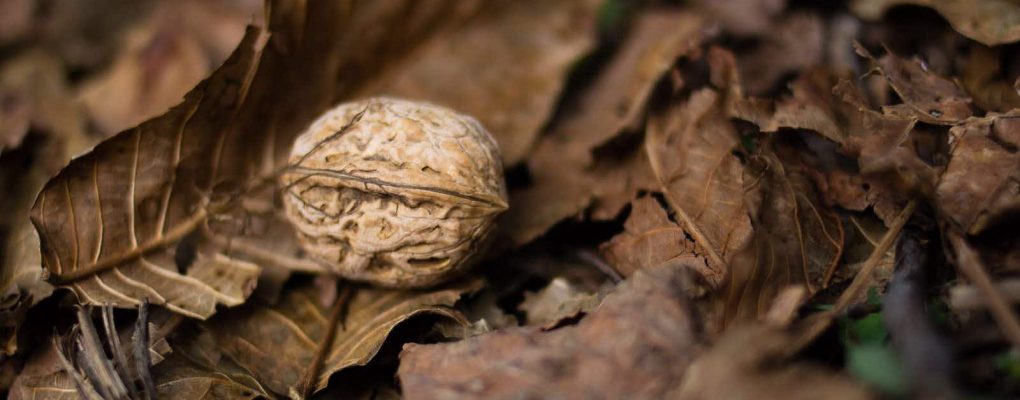
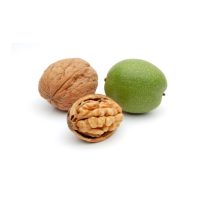
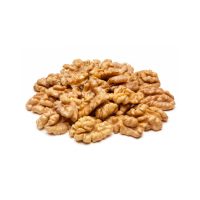

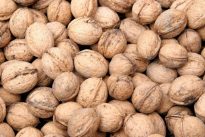
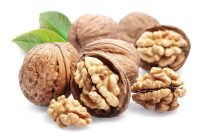
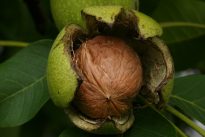
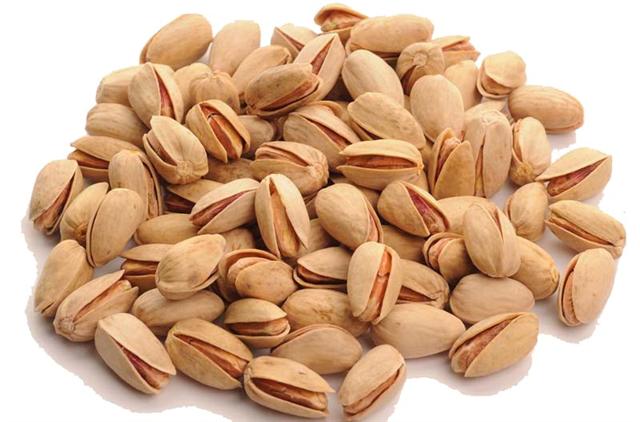
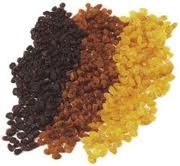 3 kind raisin
3 kind raisin 